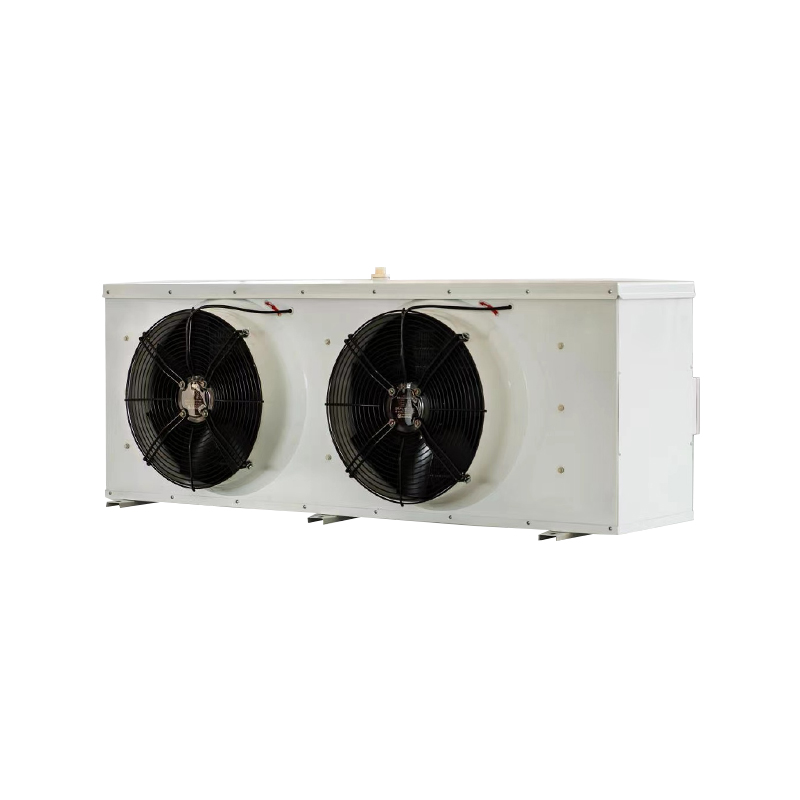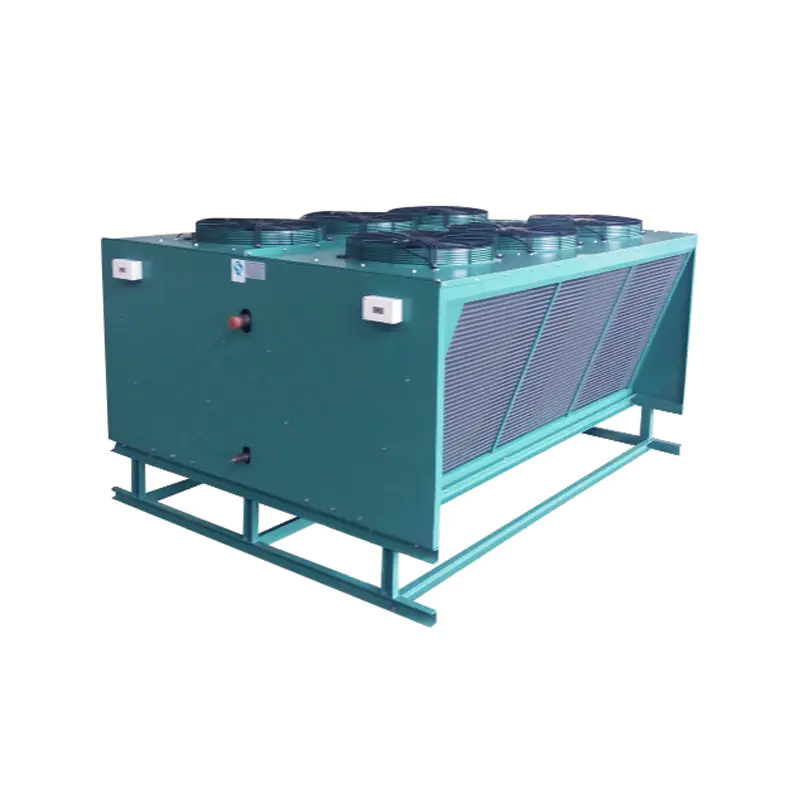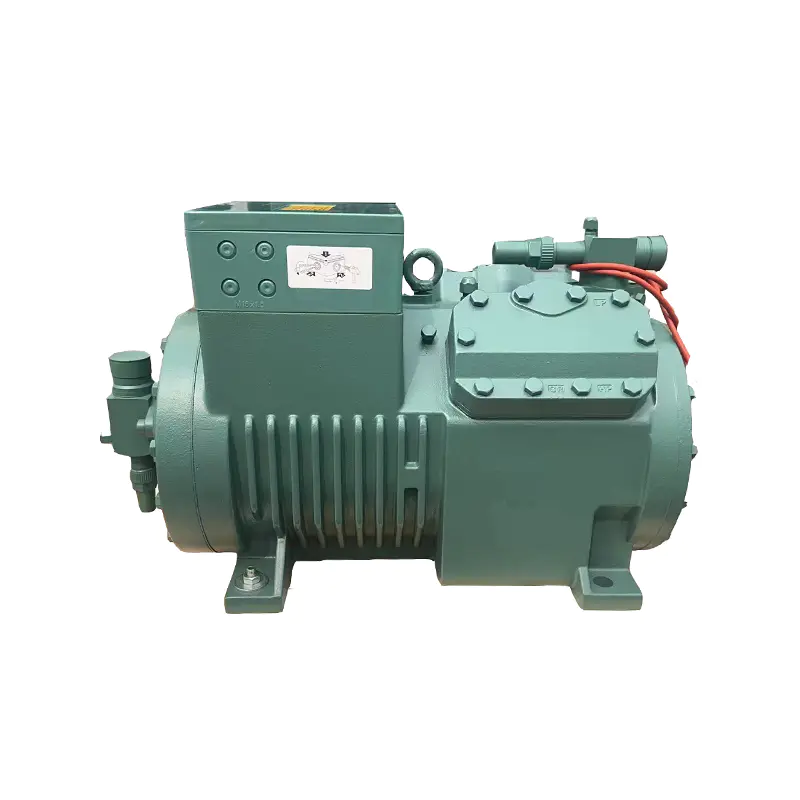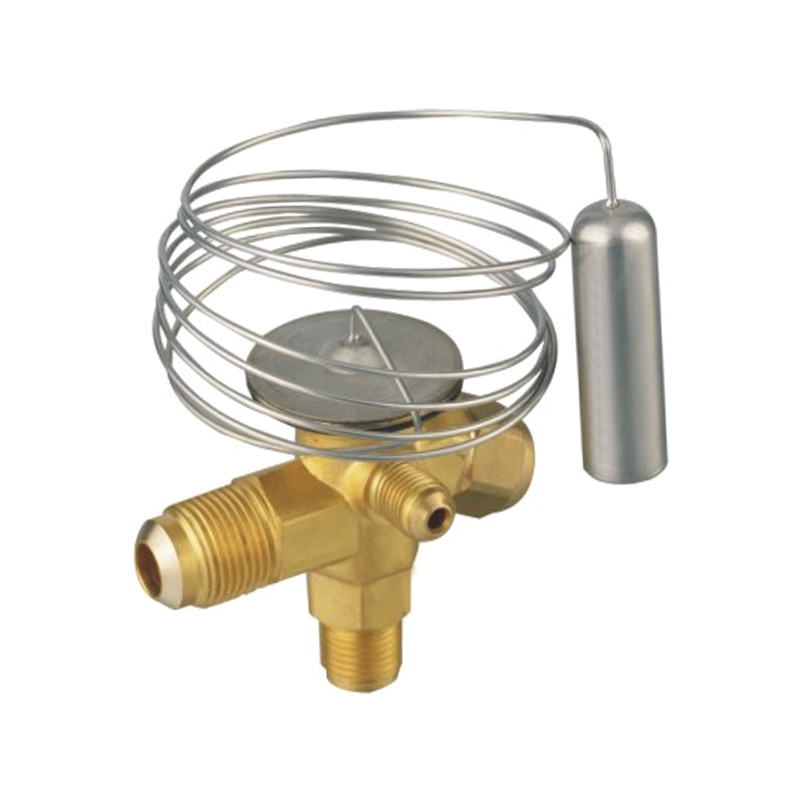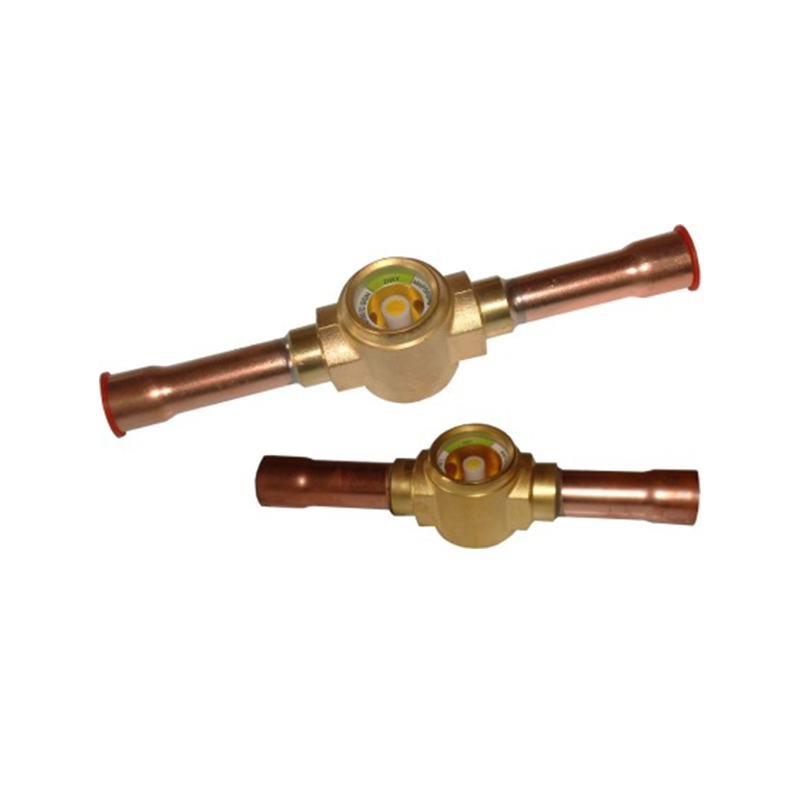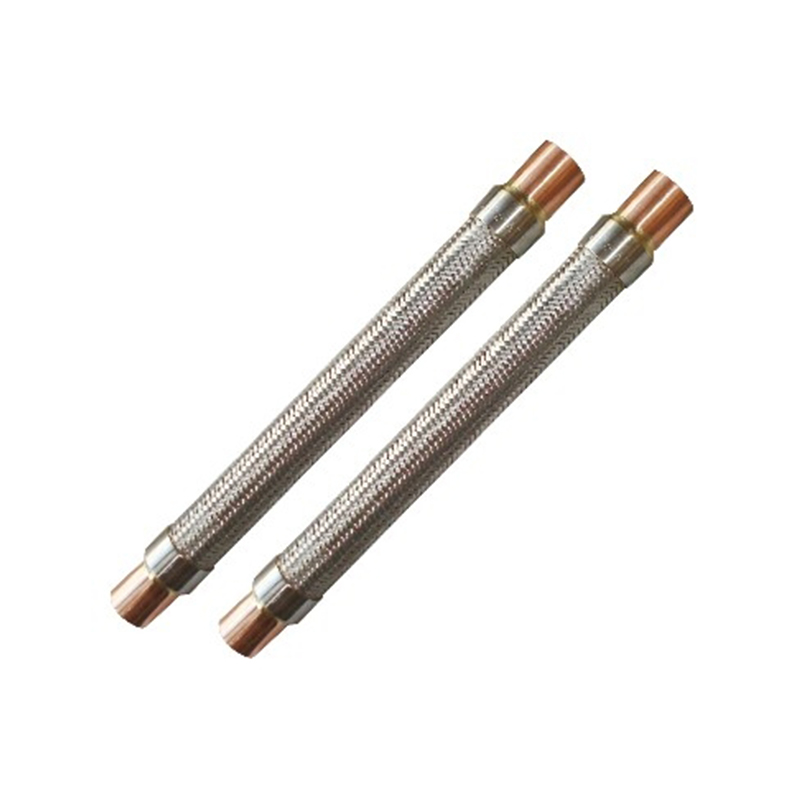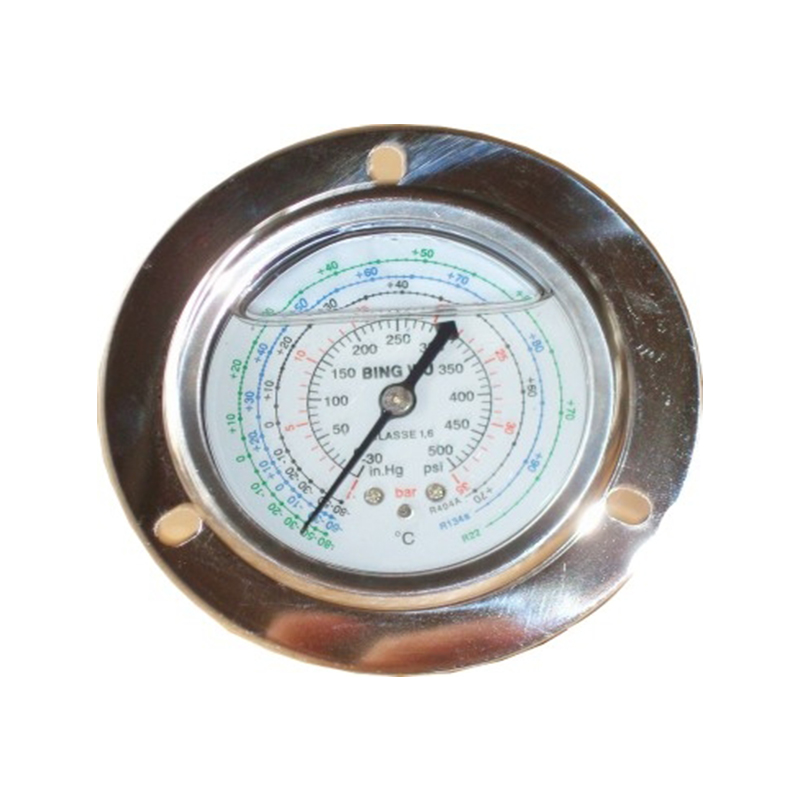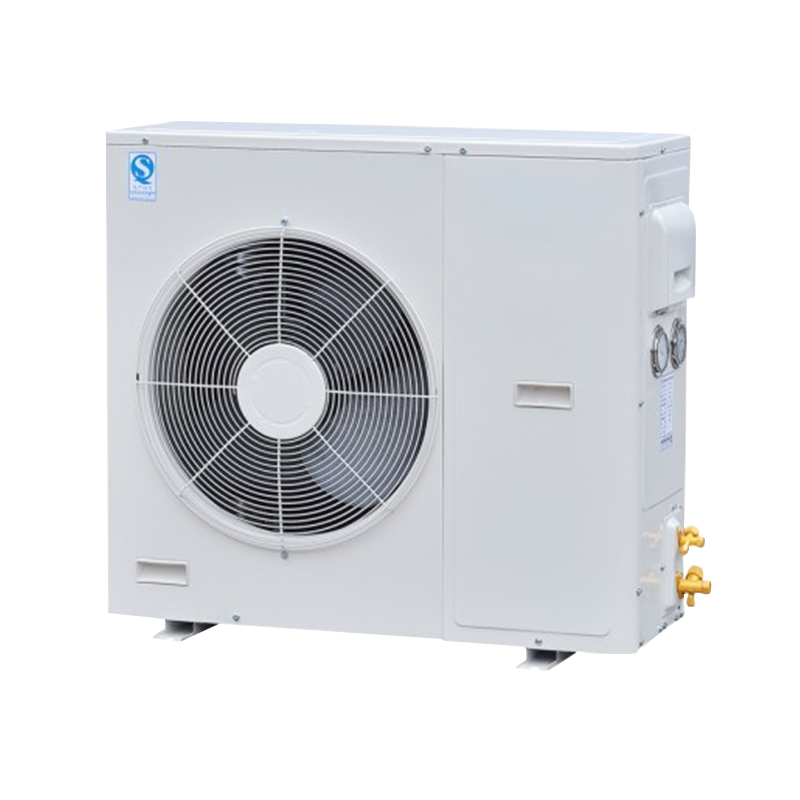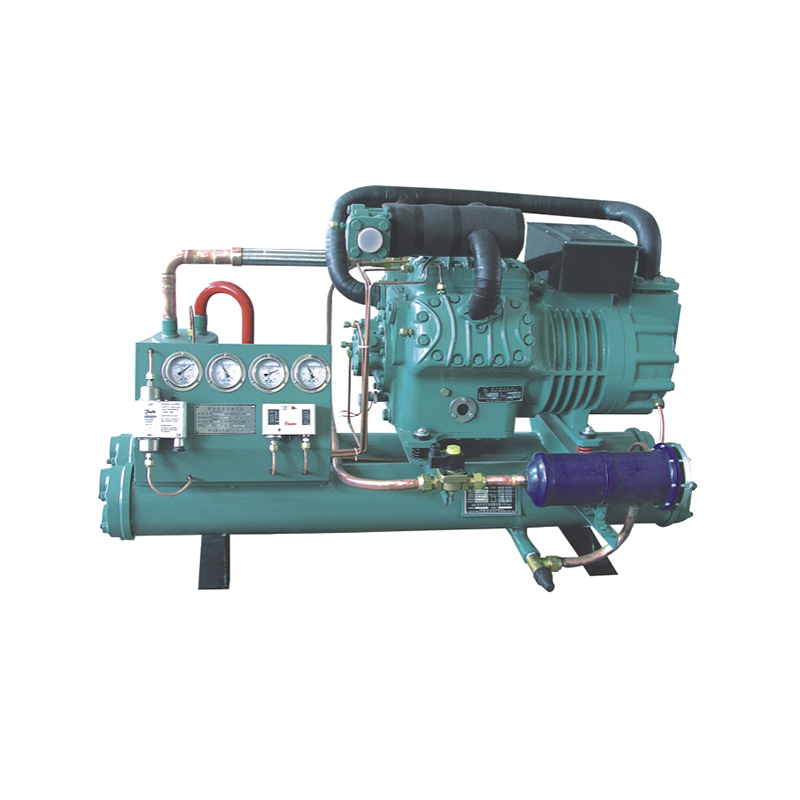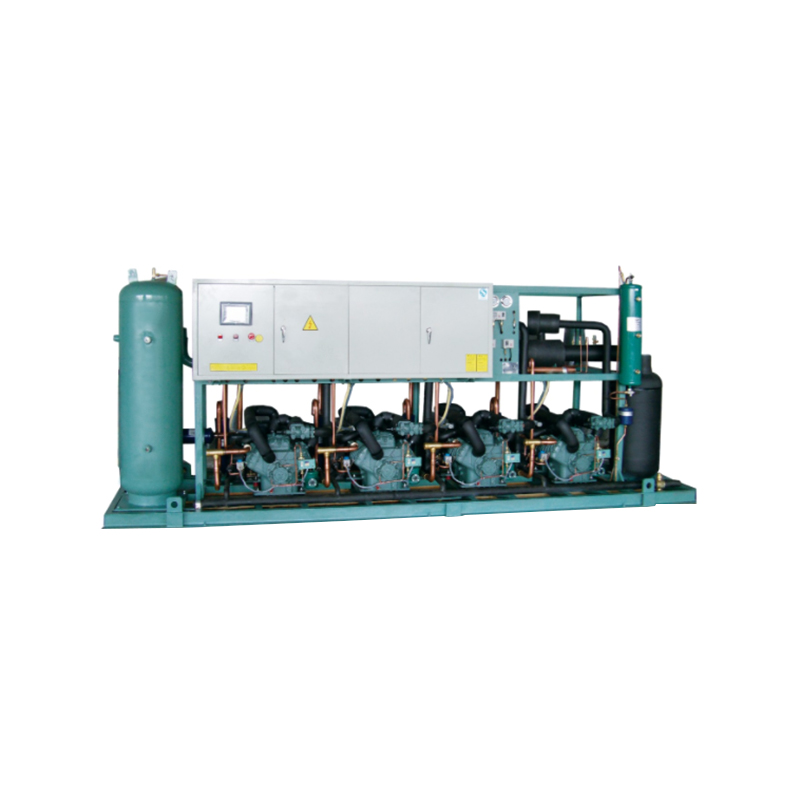In Refrigeration Compressors, the piston-type compressor is a common type, and its core working principle is to use connecting rods and crankshafts to move the piston forward in the cylinder, thereby achieving gas compression. This process is a crucial step in the refrigeration cycle, ensuring that the refrigerant gas transitions from a low-pressure state to a high-pressure state, providing power for the entire refrigeration system.
1. The Role of Connecting Rods and Crankshafts
In piston-type Refrigeration Compressors, connecting rods and crankshafts are key mechanical components. The crankshaft is a rotating component, typically driven by a motor, which converts the motor's rotational motion into linear motion. The connecting rod connects the crankshaft and the piston, transmitting the crankshaft's rotational motion to the piston, causing the piston to perform reciprocating motion within the cylinder.
2. The Piston's Motion Process
When the motor starts, the crankshaft begins to rotate. The crankshaft's rotational motion is transmitted to the piston via the connecting rod, causing the piston to perform reciprocating motion within the cylinder. Specifically, as the crankshaft rotates, the connecting rod drives the piston from one end of the cylinder to the other and then back again. This reciprocating motion causes the piston to continuously move forward and backward within the cylinder.
3. The Gas Compression Process
During the piston's reciprocating motion, when the piston moves toward one end of the cylinder, the volume inside the cylinder decreases, compressing the gas and increasing its pressure and temperature. At this point, the low-temperature, low-pressure refrigerant gas within the cylinder is compressed into a high-temperature, high-pressure gas. When the piston moves toward the other end of the cylinder, the volume inside the cylinder increases, preparing for the next compression cycle.
4. The Emission of Compressed Gas
After the gas is compressed into a high-temperature, high-pressure state, it is discharged through the exhaust valve into the exhaust pipe. This process provides the necessary power for the refrigeration cycle, enabling the refrigerant to circulate throughout the system and achieve a cooling effect
